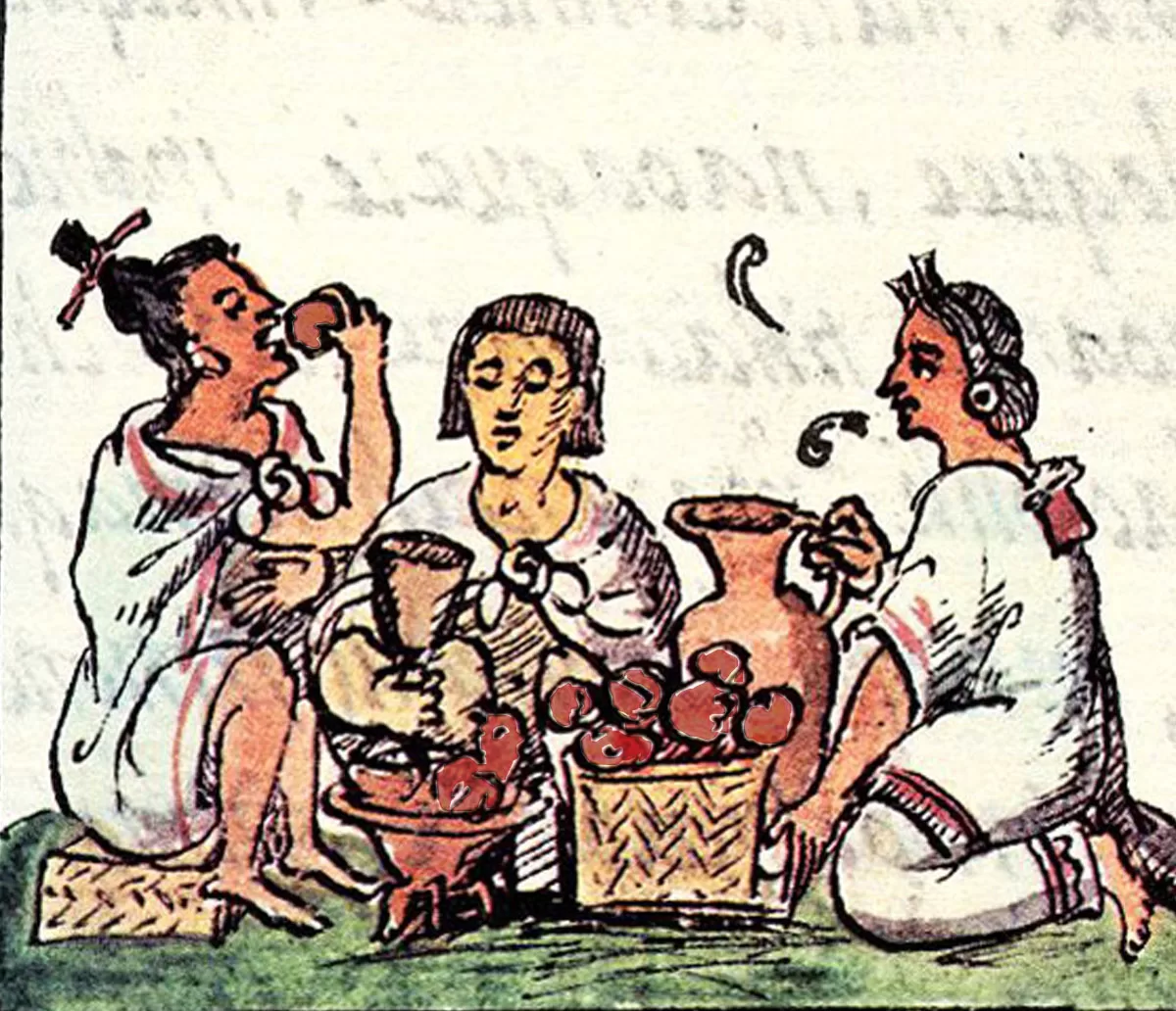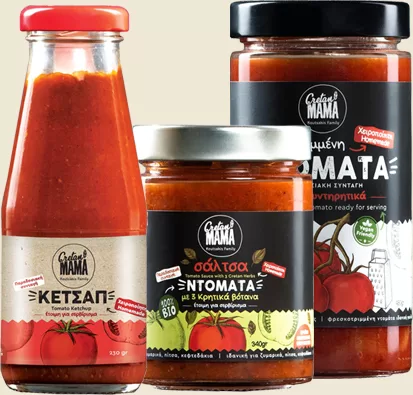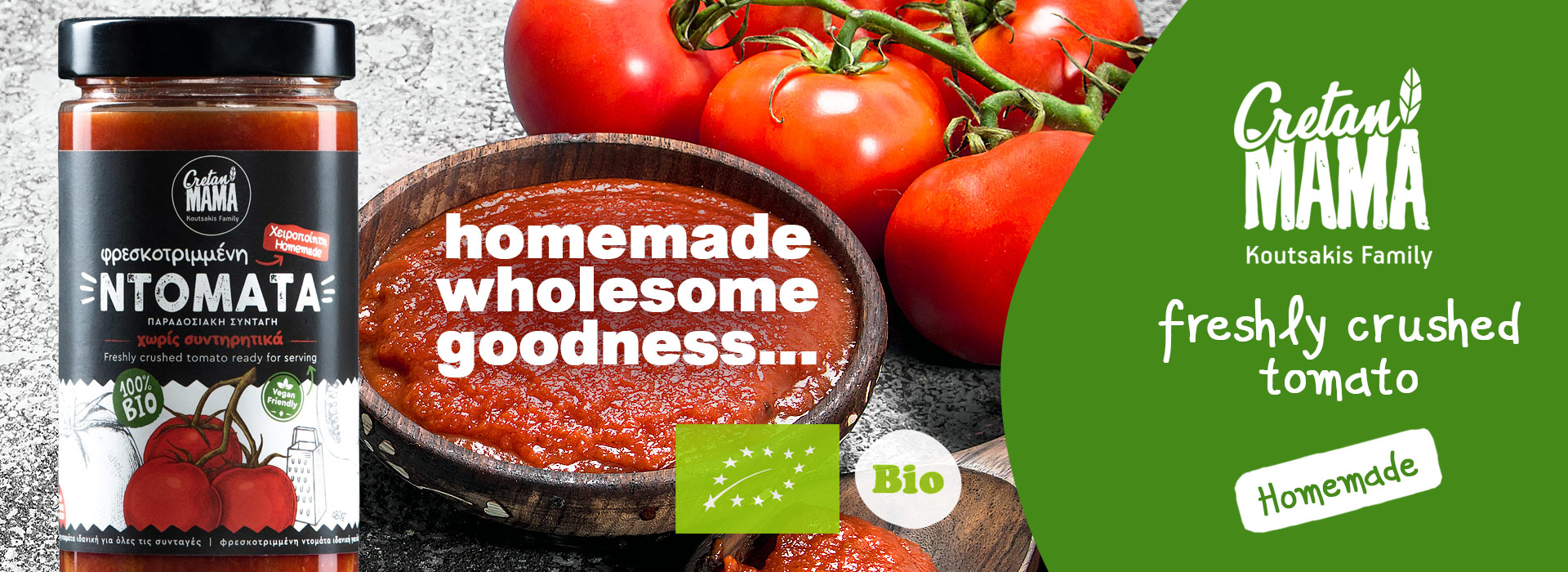Tomato, the blessed... fruit
history & beneficial properties
The history of the tomato is a fascinating journey through time and continents. Originating in South America, the tomato’s wild ancestors were small, bitter fruits enjoyed by native populations for thousands of years.


The Aztecs and Incas are believed to have cultivated these early tomatoes as part of their diet. When Spanish explorers encountered the tomato in the 16th century, they brought it back to Europe, where it was initially viewed with suspicion due to its resemblance to deadly nightshade. Nevertheless, its ornamental value soon won favor among the European elite.
The tomato’s culinary popularity began to rise in the 18th and 19th centuries, particularly in Italy, where it became a key ingredient in regional dishes like pasta sauces and pizzas. Around the same time, it gained traction in the United States, where it was initially considered unfit for consumption but eventually won the hearts of Americans through dishes like ketchup. The widespread cultivation of tomatoes eventually led to breeding efforts that transformed the fruit into the large, sweet varieties known today.


Today, the tomato holds a significant place in global cuisines, beloved for its versatility and rich flavor. Whether raw in salads, cooked into sauces, or roasted for added depth, the tomato continues to be a cherished culinary staple and an essential part of various cultural traditions worldwide. Its journey from wild fruit to global superstar showcases how exploration, adaptation, and human ingenuity have shaped the history of this humble yet cherished ingredient.
The Goodness Of Tomato
Tomatoes are not only delicious but also packed with essential nutrients. Here is the approximate nutritional value of 100 grams of raw tomatoes:

Calories: 18 kcal
Carbohydrates: 3.9 grams
Sugars: 2.6 grams
Dietary Fiber: 1.2 grams
Protein: 0.9 grams
Fat: 0.2 grams
Vitamin C: 21 mg (35% of the DRI)
Vitamin A: 833 IU (17% of the DRI)
Potassium: 237 mg (6% of the DRI)
Vitamin K: 7.9 mcg (10% of the DRI)
Folate: 15 mcg (4% of the DRI)
A nutritional treasure!
Tomatoes are rich in antioxidants, especially lycopene, which gives them their vibrant red color. Lycopene is known for its potential health benefits, including reducing the risk of certain cancers and promoting heart health. Additionally, tomatoes are low in calories and carbohydrates, making them a great choice for those watching their calorie intake or following a low-carb diet.

Their high vitamin C content also boosts the immune system and supports overall well-being.
Keep in mind that these values are approximate and can vary based on the variety and ripeness of the tomatoes. Nonetheless, incorporating tomatoes into your diet can be a flavorful and nutritious way to enhance your meals and support a healthy lifestyle.


